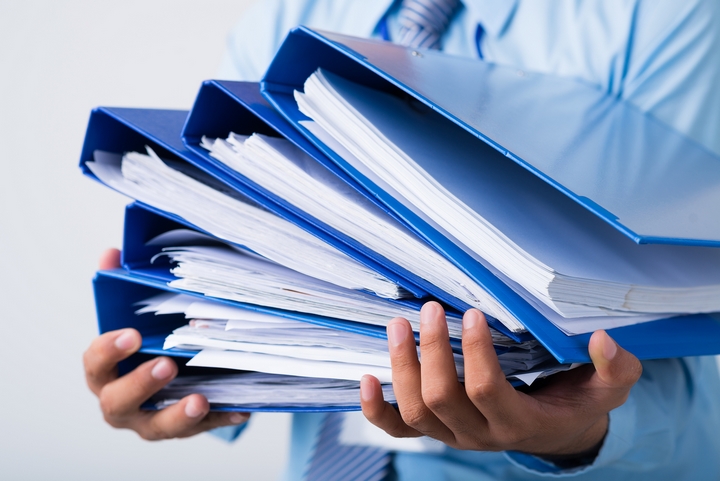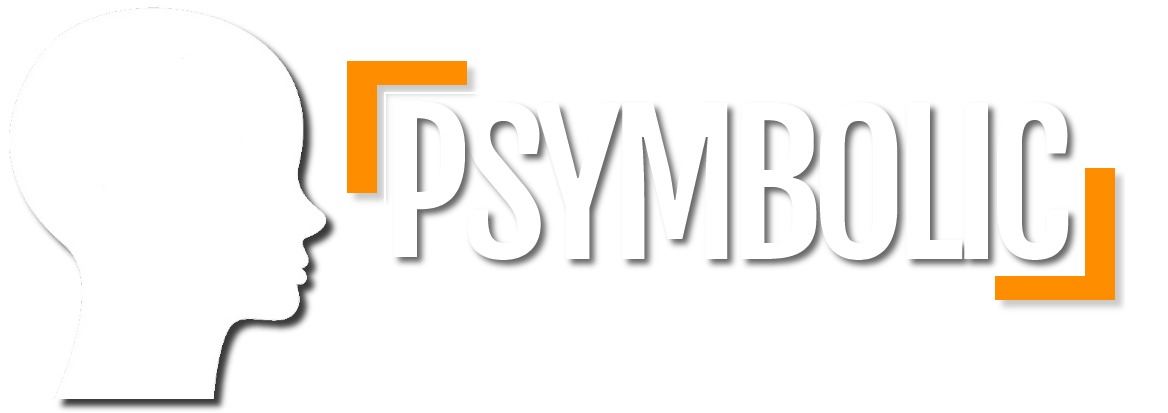
A project that qualifies for SR&ED will require the necessary documentation included in its application to be approved. You must demonstrate how a given project contains research and development. It must meet all criteria established by the CRA under the Scientific Research And Experimental Development tax initiative.
SR&ED claims require two types of documentation. There are documents of the claimed project and documents of the related expenditures. Both serve different purposes as they relate to processing an SR&ED claim. How you document your project matters as this evidence will be repurposed in your SR&ED application.
Here is how to prepare your SR&ED documentation.
Documents: Claimed Project

There must be supporting evidence to claim that a project qualifies under SRED. Documents of the claimed project refer to the documentation that identifies how a project is developed. For instance, the documents will describe when and where the project happened. In addition, include details how the research was carried out and more. Documents should be dated and specific.
Documents: Supporting Project Work

There is a long list of SR&ED documents for a project that can be included. A project schedule outlining when certain modules or components were completed important. There could be documents relating to the matter of the technical challenge, i.e. any experiments and analysis of the experiments in development stages.
Also, you will need documents about project prototypes and related annotations. You may also include meeting minutes, emails, and paper notes to support claims made in an SR&ED application.
Documents: Project Expenditures

There are two mandatory forms – Form T661 and Form T2SCH31 – that are to be included for documentation of project expenditures. In addition, you may want to include financial statements, receipts, ledgers, and vouches.
Everything should be dated to prove spending was done in the same fiscal year as the project. Emails and notes can also hold important information relating to expenditures.
There are dozens of examples of documents relating to SR&ED work and expenditures that can be included in a claim. Here are a few:
- Project planning documents, project records, and project progress report.
- Minutes of project meetings, virtual meeting chats, and whiteboard drawings.
- Experiment with design documents and technical drawings.
- Software development documents, i.e. design, system architecture, and source code.
- Test protocols, data, results, analysis, and conclusions.
- Timesheets, activity records, and payroll records.
- Purchase invoices, proof of payment, and all accounting records.
- Contracts and lease agreements.
- Photographs and videos.
- Prototypes and samples.
- Records of trial run.
Other Eligible Documents

If you are concerned about whether a document is eligible, an SR&ED professional can help. Don’t discard any related documents to a project. This is a good rule to have. Even if the document is not mentioned on the list above, documents should also be formatted appropriately through JIRA, GitHub, or Microsoft Excel.
How to file your first SR&ED application

If it’s your first SR&ED application, it is very important to do it carefully. How you fill out the documents and what claims you make will impact your returns and credits this year and in the years to come. The CRA provides a guide that outlines the required documents needed to maximize your returns and credits, and it’s well worth reading through it thoroughly.
1. Specifying the technical objectives
From T661 is not always intuitive to fill out. The technical narrative that must be established in documentation starts with identifying the technical objective. That is, to identify why you are undertaking an R&D venture. Although you don’t need to get into the details here, it’s important to have a clearly defined and quantifiable technical objective written into your program.
2. Specify limitations in technology or knowledge
To justify your SR&ED tax incentive, one must identify the insufficient scientific or technical knowledge, or the scientific or technological uncertainty, that a given R&D project targets. In identifying this uncertainty, one must additionally identify the knowledge base, aka the resources in the business that would include technical capabilities by certain products or methodologies, and the personnel’s education, training, and experience.
3. Include documentation on R&D work performed
The investigations being conducted must be formatted in chronological order, outlining hypotheses, analyses to test hypotheses, the results obtained, and the conclusions. An idea understandably can evolve or change as work progresses.
A significant description should be given to linking the technical objectives with how obstacles were overcome and quantifying the results. It is advised by the CRA to keep all SR&ED tax incentive application records for six (6) years.
4. Wait for SR&ED claim review
An SR&ED claim can be selected for additional review. Anything you cannot provide supporting documentation for will likely be disallowed and excluded. Maintain all supporting evidence that substantiates SR&ED was performed and that allowable expenditure were incurred.
Beyond what’s already been written in this documentation article, other details include who performed the work and how much time employees spent on SR&ED work.
